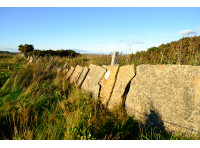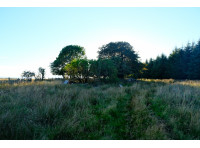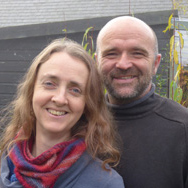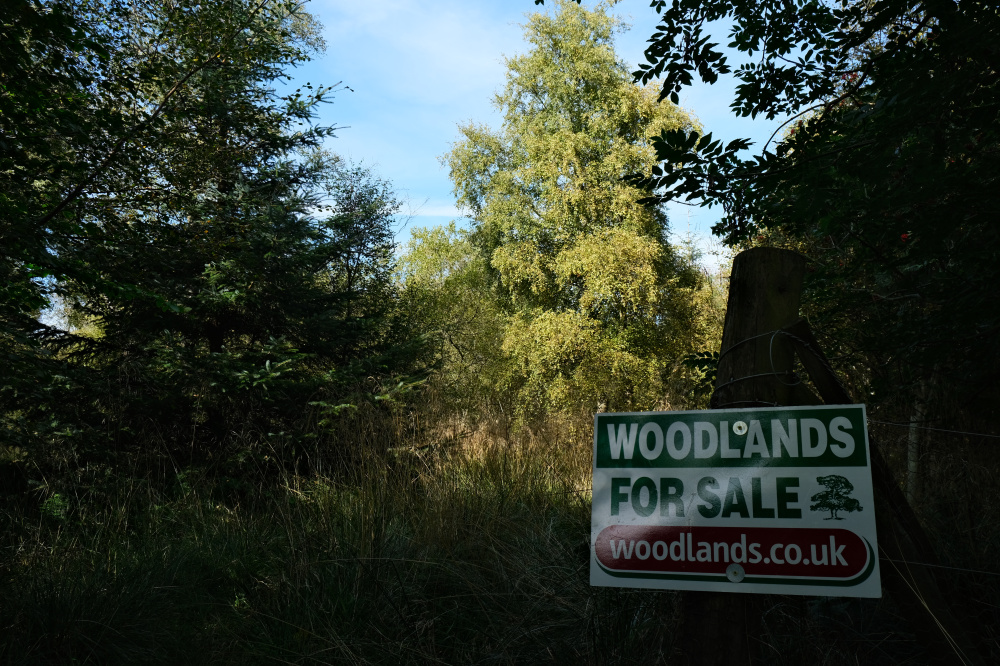Balgair Wood £215,000 Freehold
- Olgrinmore, Scotscalder, Caithness
- just under 36 acres
- Northern Scotland
-
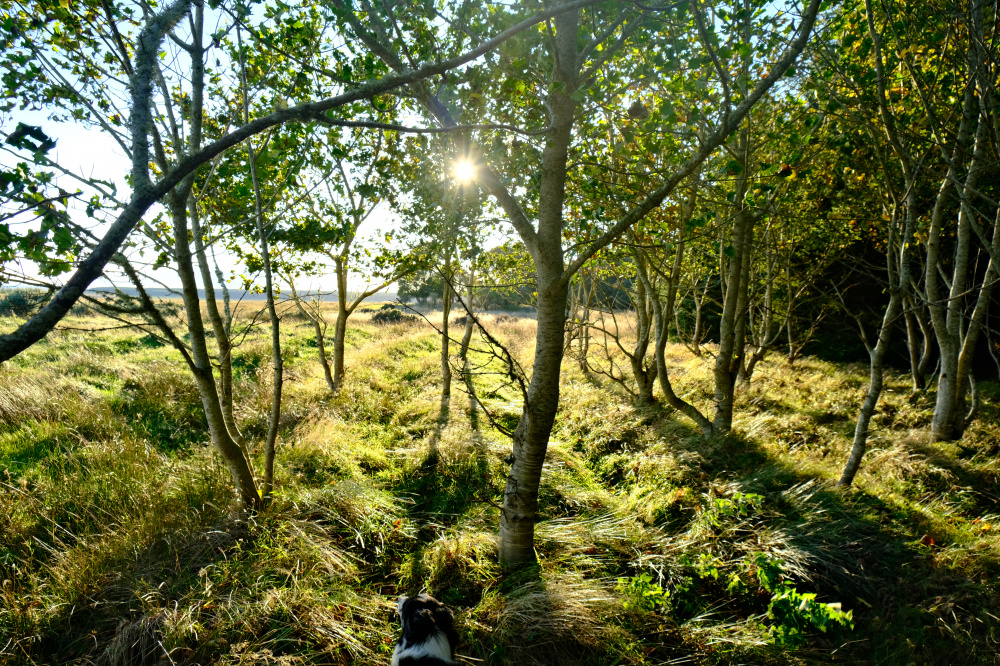
Shelter amongst the trees
-

Blue skies
-

Slower growing deciduous trees
-

Taken over by vegetation
-

Conifer plantation
-

No sign of any glass!
-

Gateway
-

Public road
-

View out from the woods
-

Open area at the front
-

Old croft
-

Caithness stone
-

Impressive stone fencing
-

Track up the side of the wood
-
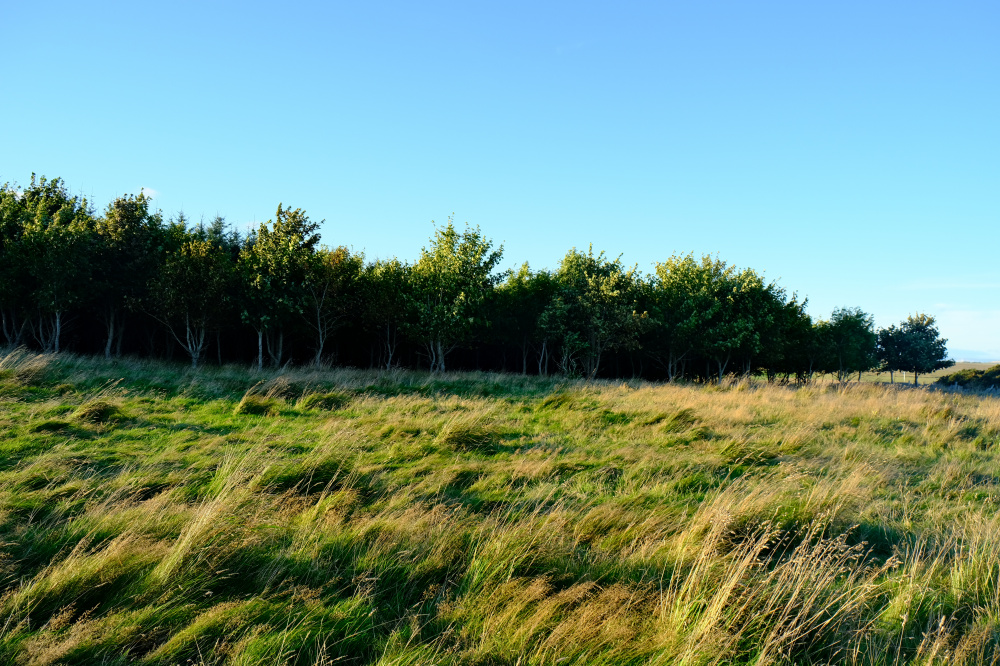
Sycamore and Oak
-

View out towards the coast
-

Woodland sign
-

Good timber growth
-

Site of an old croft
-

Mature sycamore
-

Neighbouring croft field
-
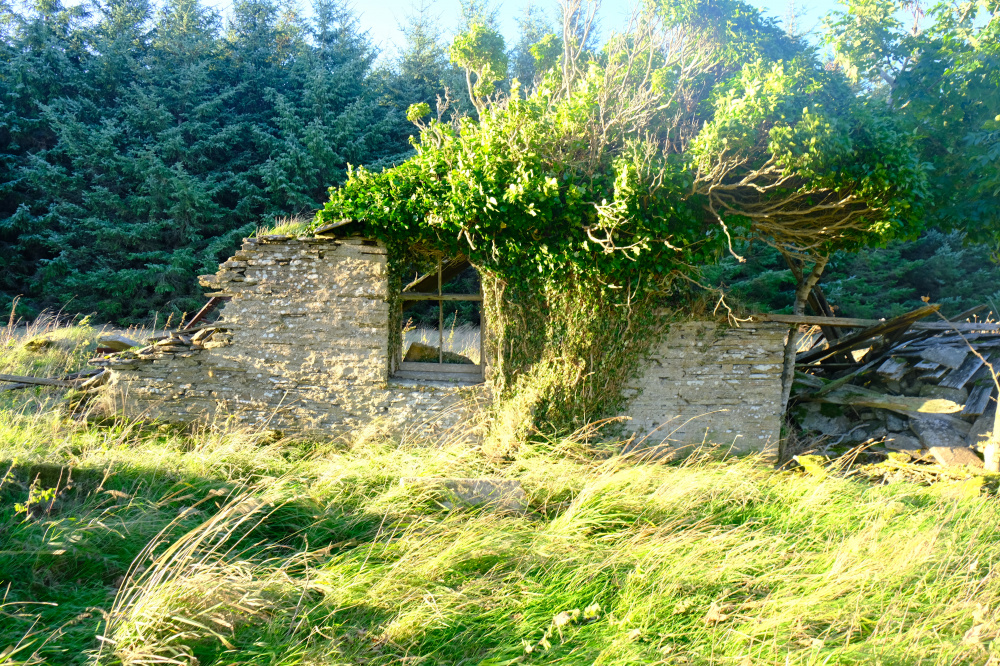
A window in time
-

Old farming paraphenalia
-

View to the neighbouring woodland
-

Looking back towards the croft
-

Internal ride
-

Sitka canopy
-

Stunning views
-

Old gate
-

Out across the moss
-

Edge of the wood
Description
Travelling through the flow country to this part of Scotland is a joy, with large landscapes, big skies and stunning sunsets: the north always seems to operate on a slower timescale, reminiscent of island communities. There is a real opportunity here to acquire what was once a working croft and turn it into something new and exciting. There is good access off the public road with a grassy track leading up to a small stand of mature sycamore where the ruins of the old croft sit.. A nearby woodland with an old croft recently gained planning permission for a new build house.
A band of deciduous planting hugs the front of the greater conifers, giving a welcome contrast to the monoculture of pine, reaching maturity later than the coniferous softwood. Towards the far end of the plantation the growth of the timber is not quite as strong, indicative perhaps of a change in soil structure. This then leads to a large area of moss that is the real hidden gem in terms of ecology. This outstanding habitat is a haven for a number of ground nesting birds as well as a vast number of insects. This is part of what is known as the flow country and is the largest blanket bog in Europe. It is an area of deep peat, dotted with bog pools and a very important habitat for wildlife, as well as climate change mitigation. As peat is largely made up of the remains of plants, which are themselves made up of carbon, it locks up large stores of carbon for thousands of years. This carbon would otherwise be released to the atmosphere and contribute to global warming. The Flow Country is currently being considered as a potential World Heritage Site on account of its unparalleled blanket bog habitat.
The landscape here has remained unaltered for thousands of years with very little pollution; waterways are clean and thriving, important for wild salmon that are sensitive to pollution. The rivers that feed into coastal areas have proven to improve the quality of water attracting more wildlife to feed there. These woods are well worth visiting especially if a sizeable plot is being sought for a house.
There is a growing interest in hut, bothy and temporary shelter building, especially in Scotland; for those interested in erecting a hut or shelter, here is some interesting and very helpful guidance from Reforesting Scotland’s Thousand Hut Campaign. Your Local Planning Authority should also be consulted.
Trees
The Sitka plantation is growing very well and will provide a good source of income in future years; access is good and the timber market is very high. Towards the far end and closer to the moss, the trees are a bit slower growing but they will catch up. Dependant upon the future owners plan for the land there are a number of different ways of managing this forest. In some European countries the policy of clear felling large sections of woodland has been outlawed as it has proven to be very damaging to the soil structure and wildlife habitat. Instead a management plan incorporating continuous tree cover is seen as a much more sensible way of managing forestry in the long term.
Wildlife
The woods sit not far from the Forsinard Flows National Nature Reserve, an incredibly important habitat that has attracted large amounts of government funding in an attempt to preserve the peat bogs. These are havens for many sphagnum mosses that lay the foundation for creating peat, this in turn atrracts a vast array of insects and reptiles, from dragonflies to newts to frogs and butterflies. . Otters are attracted to the cleaner waters as well as curlews and greenshanks that thrive within wetland areas.
Features
It is rare to find woodland with the substantial history of a building. This land was once a working croft, as can be seen in the ruins of the old farmhouse and the associated farm paraphenalia dotted about. It is not unreasonable to presume that an interested buyer would be well placed to get planning permission for a new dwelling as was the case for a nearby ruined croft and woodland.
Access, tracks and footpaths
There is grassy track that goes round the entirety of the plantation with one internal ride and a wayleave through part of the wood. There is a metal gate at the entrance off the public road.
Rights and covenants
All sporting rights are included with the woodland.
As is the case for all our meadows, the purchaser will be asked to enter into a covenant which serves to protect the peace and quiet of the meadow.Activities
As well as the potential for timber harvesting this woodland would be well suited for someone interested in establishing a small holding, free from energy dependency on imported gas or oil.
Local area and history
The woods at Olgrinmore sit in a quiet part of the country on the edge of the flow country, nestled between Westerdale and Scotscalder. The railway station at Scotscalder boasts the reputation as the least used station in the UK! Caithness has a low population with only two major towns, Thurso and Wick, but many smaller settlements. The low population has encouraged wildlife to flourish both at sea and on the rivers, with otters and seals inhabiting small islands on the nearby River Thurso. This area was a Pictish stronghold until the Norwegian Norsemen arrived from the 10th century onwards, establishing settlements all along the coast.
Wood maps
Meadow map
Boundaries
Boundaries are marked by a combination of original Caithness stone fencing, stock net and individual posts marking the boundary between woods.
Find this wood
Location
- OS Landranger: OS No. 11
- Grid ref: ND 099 545
- Nearest post code: KW12 6XJ
- GPS coordinates: 58.4694, -3.54625
Location map
Directions
- Heading north on the A9
- At Mybster take the B870 towards Westerdale and then on in the direction of Scotscalder
- The woods are on the left handside about a mile before Scotscalder railway station.
From Thurso:
- Head out on the B874
- Turn left on to the B870
- The woods are on the right about 1 mile past Scotscalder railway station.
How we support our buyers
Membership of the small woodland owners’ group
£300 for a woodland course of your choice
One year's free membership of the royal forestry society
Please note this wood is owned by woodlands.co.uk.
Our regional managers are often out working in our woodlands, so if you email an offer and want to be sure it has been received, please phone our manager on their mobile phone. The first offer at the stated price which is accepted, whether by phone or email, has priority.
Please take care when viewing as the great outdoors can contain unexpected hazards and woodlands are no exception. You should exercise common sense and caution, such as wearing appropriate footwear and avoiding visiting during high winds.
These particulars are for guidance only and, though believed to be correct, do not form part of any contract. Woodland Investment Management Ltd hereby give notice under section 21 of the Estate Agents Act 1979 of their interest in the land being sold.
A large woodland close to Thurso, with great potential for a dwelling, subject to necessary planning consent, with its own wood supplies.












